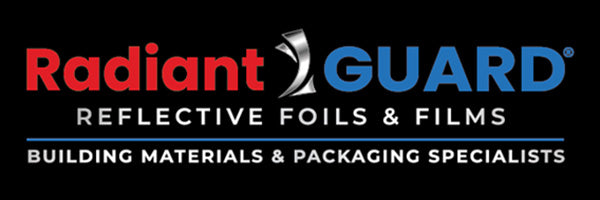 Most people are familiar with the term R-Value when discussing insulation properties. An R-Value is a measure of the thermal resistance to heat transfer of a mass insulation product (like blown or batt fiberglass). It's a measure of how long it takes the heat "absorbing" product to absorb 100% of its potential and begin to transfer that heat out the other side of the product.
Most people are familiar with the term R-Value when discussing insulation properties. An R-Value is a measure of the thermal resistance to heat transfer of a mass insulation product (like blown or batt fiberglass). It's a measure of how long it takes the heat "absorbing" product to absorb 100% of its potential and begin to transfer that heat out the other side of the product.
Basically, a product with a higher R-Value is better than a similar product with a lower R-Value. A higher R-Value product takes longer to absorb 100% of it's potential and therefore, is more effective at "delaying" the transfer of heat. R-Values themselves don't mean much alone unless they are used to compare the effectiveness of different R-Value rated products.
Why Radiant Barriers Don't Have R-Values
Radiant barriers do not "absorb" heat like R-Value rated products. Instead, they BLOCK the transfer of radiant heat flow in two ways:
-
by REFLECTINGradiant heat that hits its surface across an air space, and
-
by REDUCING the emission of heat from its surface across an air space.
RadiantGUARD® Radiant Barrier Makes Mass Insulation More Effective
Installing a radiant barrier between a source of heat and an existing R-Value rated insulation will improve the effectiveness of the R-Value rated insulation. Why? Because our RadiantGUARD radiant barrier reflects 95% of the radiant heat which means only 5% of the heat is now hitting the R-Value rated insulation and therefore, it will take longer for it to absorb 100% of it's potential thereby holding the heat longer before passing the heat out through the other side.
A highly-valued study performed by the Tennessee Value Authority for the Department of Energy found that a radiant barrier used in conjunction with R-Value rated mass insulation actually produces results that equate to the use of higher R-Value rated insulation. The study identified:
- a radiant barrier combined with an R-11 insulation has the same affect as an R-19 insulation alone.
- a radiant barrier combined with an R-19 insulation has the same affect as an R-30 insulation alone.
An additional study performed by energy specialist Philip Fairey of the Florida Solar Energy Center at Cape Canaveral, FL actually found that a radiant barrier combined with an R-19 attic insulation resulted in LESS annual energy consumption than an R-30 attic insulation used alone. That means lower energy bills.




 Most people are familiar with the term R-Value when discussing insulation properties. An R-Value is a measure of the thermal resistance to heat transfer of a mass insulation product (like blown or batt fiberglass). It's a measure of how long it takes the heat "absorbing" product to absorb 100% of its potential and begin to transfer that heat out the other side of the product.
Most people are familiar with the term R-Value when discussing insulation properties. An R-Value is a measure of the thermal resistance to heat transfer of a mass insulation product (like blown or batt fiberglass). It's a measure of how long it takes the heat "absorbing" product to absorb 100% of its potential and begin to transfer that heat out the other side of the product.